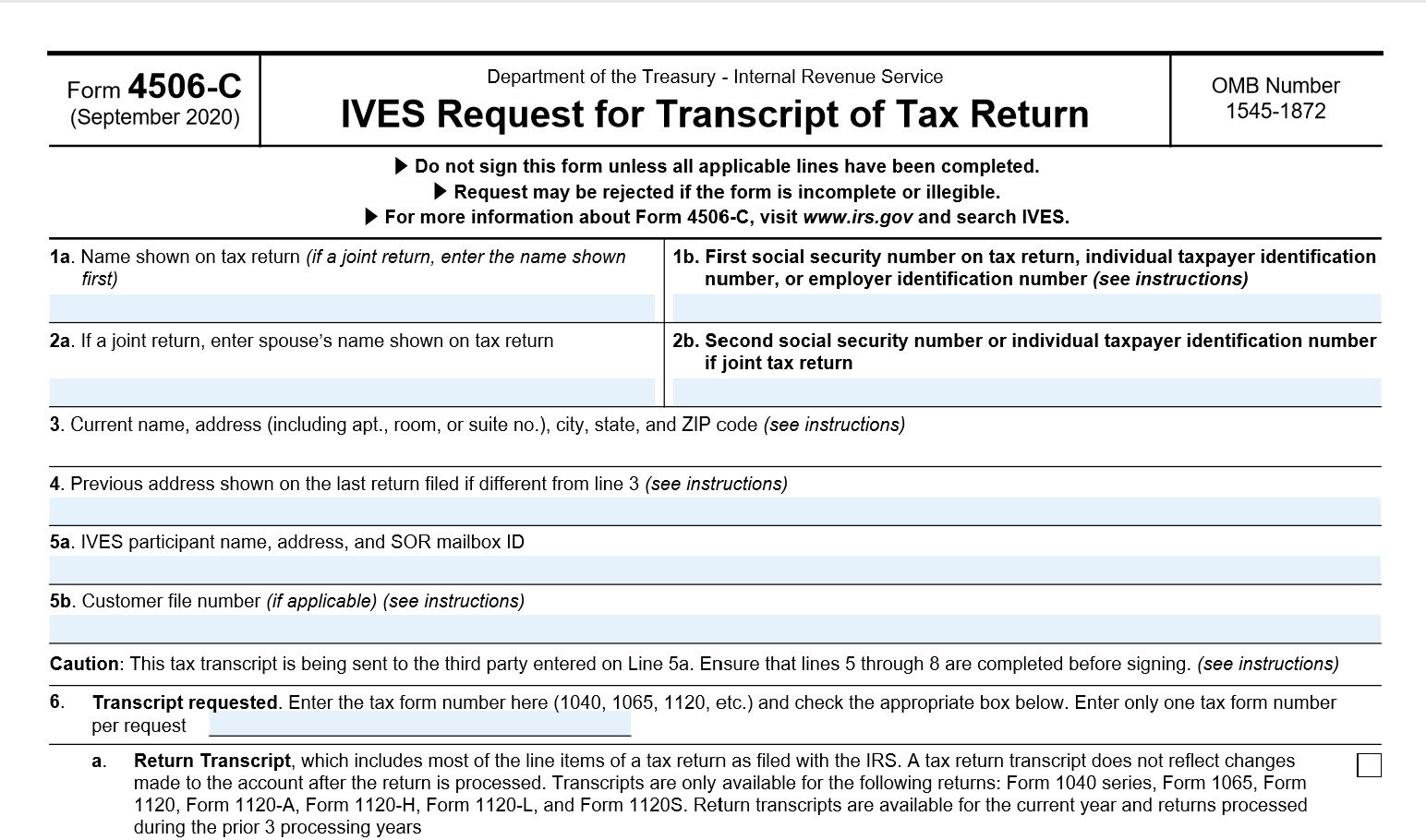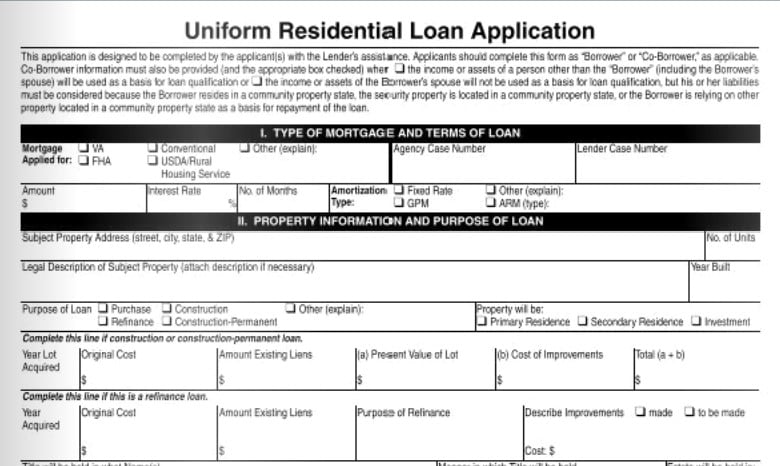Doc-Prep Continues To Evolve
 By Dominic Iannitti
By Dominic Iannitti
President and CEO, DocMagic, Inc.
Lenders that are still operating in a paper-based world will be hard-pressed to survive.
In the early days of the mortgage industry, there were no document preparation companies, as this type of service simply wasn't required. However, over the past three decades, document preparation has become vitally important - some would argue critical - in order to ensure smooth lender operations. Let’s take a guided tour of the evolution of loan document production and delivery.
The early days
The mortgage industry grew out of community building, local loan associations and farm lending, supported by the federal government, with the goal of expanding homeownership. In those days, home lending was like every other aspect of real estate: It was local. There were no national lenders - and those lending for real estate were funding deals from deposits and holding them in portfolio. However, there were a few institutions large enough to require help putting the paperwork together for a home loan.
Thirty years ago, there were only a handful of companies preparing documents for real estate loans. Most of this work was done inside the institution. Back then, loan officers simply pulled forms from a shelf, stuck them in a typewriter, adjusted the form, typed some words and adjusted some more, eventually completing the documents as required. As you might imagine, this was a time-consuming process. Loan officers worked from handwritten loan applications and similar documentation provided by the processing department. The process was error-prone and very difficult to change. Setting up a new adjustable-rate mortgage program, for instance, could take months.
The banks had computers, of course, but these mainframes were used for other purposes. The PC wasn’t even in the picture yet. Even so, many had the idea that with computer processing, this work could be done faster, more accurately, and with much less effort.
The rise of doc-prep
Soon, bank IT departments were creating new tools, and personal computers were playing a prominent role, as banks needed a faster way to create the documents that would allow origination. It wasn’t long before banks were able to start turning around document packages to local clients the same day they got the order, instead of 24 to 48 hours later. Once document processing software found its way to the PC, the paradigm changed once again. Software vendors soon emerged to stake their claim in a vibrant, rapidly expanding market segment.
Around 1989, the first laser printers hit the market. Shortly afterward, the fax machine came onto the scene, and soon, lenders were regularly transmitting documents across telephone lines.
As the industry continued to evolve, lenders started to see closing packages increase in size. What started out as a folder with half a dozen documents was expanding to 12, then 25, then 50-plus documents. In those days, it wasn’t difficult for banks to process their own documents if they had a decent IT staff. But as the packages grew, it meant re-engineering doc-prep processes every time things changed. It became easier to outsource it all. As a result, the doc-prep industry grew rapidly.
Suddenly, it wasn’t just the closing packages that were growing. Everything was exploding. From the late ‘90s until 2007, the U.S. mortgage business skyrocketed from less than $900 million in annual volume to nearly $3.5 trillion. Every lender had a wholesale division. Everyone was selling loans.
Because loan sources were allowed to draw their own docs, they needed software and support that the wholesale lender wasn’t offering. The demand was so high that doc-prep companies had to build technology that would allow them to provide customer service to up to tens of thousands of customers simultaneously.
This was a stress test that forced many doc-prep companies to develop internal systems that would allow their clients to add forms to their packages, set the stacking order and browse through the library of documents through the doc-prep provider’s website, thus allowing lenders to take control of their business without breaking the automation that made it efficient. At the same time, the top doc-prep companies were developing internal systems that would allow them to perform in-depth modifications in order to give clients what they wanted - such as adjusting rules and making audits - very, very fast.
Surviving that period was absolutely pivotal for the doc-prep industry. It forced many doc-prep providers to create Web-based utilities and administrative interfaces where customers could come in and do all of the things they needed to do. It forced doc-prep companies to change, to become more than what they were before. It felt as if the doc-prep industry had dodged a bullet, but no one had any idea what was yet to come.
System connector
In the early days, the doc-prep team might be called upon to put together a package of upfront disclosures but was out of the game until the very end, when the lender was ready to draw closing docs. Of course, a lot can happen between those initial disclosures and the closing table. When things changed and the closing docs were wrong, consumer satisfaction took a real hit. It was to become an even bigger deal.
Working with disparate systems meant there was a lot of double-keying going on, but no one was too concerned with this. There just wasn’t as much data moving back and forth between systems in those days. If a lender wanted a flood certificate, someone would go into the flood system and key in some data and hit the “order flood-cert” button. It was normal at that point.
Over time, it made more sense for the doc-prep provider to be involved in the deal from the beginning to the end. Compliance demands made this necessary - and the audit trail requirements seen coming in the near future will cement the doc-prep industry’s standard operating procedures. If a document preparation system isn’t fully integrated with the originator’s loan origination system (LOS), it can be a real problem. It is the lender’s system of record, after all. This is where all of the data resides.
When most doc-prep vendors started integrating with LOSs, there weren’t that many on the market. But as business expanded, these systems proliferated until there were nearly 100 different LOSs in use across the industry. In order to accomplish smooth integration with these platforms, vendors had to create tools that allowed their LOS partners to connect easily. Today, the top doc-prep vendors work to promote strategic relationships by integrating their audit engine throughout the process, right into the LOS.
Again, this was necessary work during the historic refinance boom, to help lenders process those high loan volumes. While volume is lower today, vendors can now use the same connectivity to provide the cradle-to-grave audit trails that are so necessary for full compliance.
Compliance guardian
Very early on, lenders began looking to doc-prep companies to tell them what forms would be needed in their closing packages. It made sense for these companies to track that for their clients, as there were many variations, and mistakes were costly and time-consuming. Much of the initial work was investor compliance, but it wasn’t long before the government found documents, specifically disclosures, as a good tool for regulating the industry.
The first document that was pivotal appeared when the Truth in Lending Act was modified. Section 32 was added to the rules, and it introduced the new high-cost loan computation. The top vendors immediately employed an audit engine to test each deal that came through before they drew the docs. If the loan was a “high-cost” product, there were a couple of additional forms required for the borrower, and a warning went to the investor. This allowed doc-prep providers to catch errors in broker and correspondent loans before they were sold to the wholesale lenders.
The top vendors had no problem identifying these deals and modifying the document packages, but it was a shock to their customers. Every time a loan was flagged, a client would call and demand to know why there were additional forms in the package. The vendor would explain and move on. The problem was that at the height of the refinance boom, calls from even a fraction of a vendor’s client base could overwhelm its customer service center.
In response to this, the top doc-prep vendors modified their software and explained to customers what was happening when they flagged the high-cost loans. This led to push back from the originators, many of which did not agree with a particular vendor’s analysis. Some vendors were able to expose the entire computation so that their clients could see what they were doing.
This stopped the calls, but it also helped vendors earn the trust of customers as a compliance check. At that point, the industry began to look at the doc-prep vendors as compliance partners and a last line of defense against completing a deal that was out of compliance - without the docs, the deal can’t get closed.
Over time, audit engines became the de facto compliance checks for originators and were employed from the time the initial disclosures went out, all the way to the closing table and ultimately, to investor delivery.
After the crash, lenders learned that it wasn’t enough to be compliant; they had to be able to prove they were compliant. So, the record of the audits, the electronic audit trail, became an important compliance product in its own right.
Today, the top doc-prep vendors have taken this compliance mandate even further by staffing compliance attorneys to oversee every aspect of the loan origination process. Now, lenders can rely on their doc-prep partners to ensure both regulatory and investor compliance for every deal they close.
The future
Today, many in the industry are awaiting the realization of the e-mortgage - which is where the loan documentation is created, executed, transferred and stored completely electronically. The industry has been talking about this possibility for many years, but the technology to make it a reality is now finally available. In fact, with the new legal requirements coming next year, any lender that is still operating in a paper-based world will be hard-pressed to survive.
The industry is also likely to see much stronger adoption of the click sign technologies that have been in use for the last few years. In fact, it wouldn’t be surprising to see new regulations that require the use of this type of technology in the near future. Industry players can also expect to see an increase in the requirements with respect to education so that borrowers who are clicking their way through documents understand what they are viewing.
The industry is also going to be held to much tighter standards with respect to data, costs and other fees. That means doc-prep solutions providers are going to have to ensure that their technologies log everything that happens in the transactions.
This new level of transparency, however, will give the secondary market a much better view into the deals they buy, and how close the originators come to the compliance guidelines. This will be much better for the investors than just getting a static file of documents and being asked to buy the loan. It is expected that investors will soon begin demanding that lenders prove they were compliant at every step in the process, as well as be able to validate documents and data to ensure no errors were made. Technology will put an end to repurchase risk - largely because investors will never buy bad loans in the first place.
Regardless of what happens in the days ahead, one can be rest assured that compliance will continue to be a top concern. The industry will likely see a whole new level of technology in the documents being used.
Today, the electronic documents used still look a lot like the static template-based forms that they once were. In the very near future, however, these documents will be much more dynamic: We’ll see color and links - and possibly video - that give users the ability to get additional information just by clicking.
Perhaps most exciting is that the industry will see documents that have processing capabilities built-in, allowing the user to perform calculations and audits right on the page.
One thing everyone in the industry can be sure of is this: We will never return to the days of document preparation companies serving as simple document processors. The industry has come too far for that - and yet, it has so far to go.
------
As featured by MortgageOrb, December 2013
Don Iannitti is president and CEO of DocMagic, offering electronic document services and products to the mortgage industry. He can be reached at don@docmagic.com.
Let us digitally transform your mortgage process for increased efficiency and ROI. See how by scheduling a demo today.
Topics from this blog: Document Generation
BackSearch the Blog
- Recent
- Popular
- Topics










List By Topic
- Compliance (100)
- eClosing (85)
- eSign (71)
- Awards (70)
- Integrations (57)
- Industry Publications (52)
- Total eClose (44)
- eNotes (33)
- Remote Online Notarization (31)
- Document Generation (30)
- eDisclosures (25)
- GSEs (18)
- eVault (18)
- eNotary (16)
- SmartCLOSE (13)
- LoanMagic (12)
- eDelivery (11)
- Philanthropy (8)
- Partnerships (7)
- AutoPrep (3)
- Industry Insight (3)
Subscribe Here
Download the Truliant Federal Credit Union Case Study
Truliant took several key steps to refine its 100% digital eClosing process — including finding the right technology partner.
